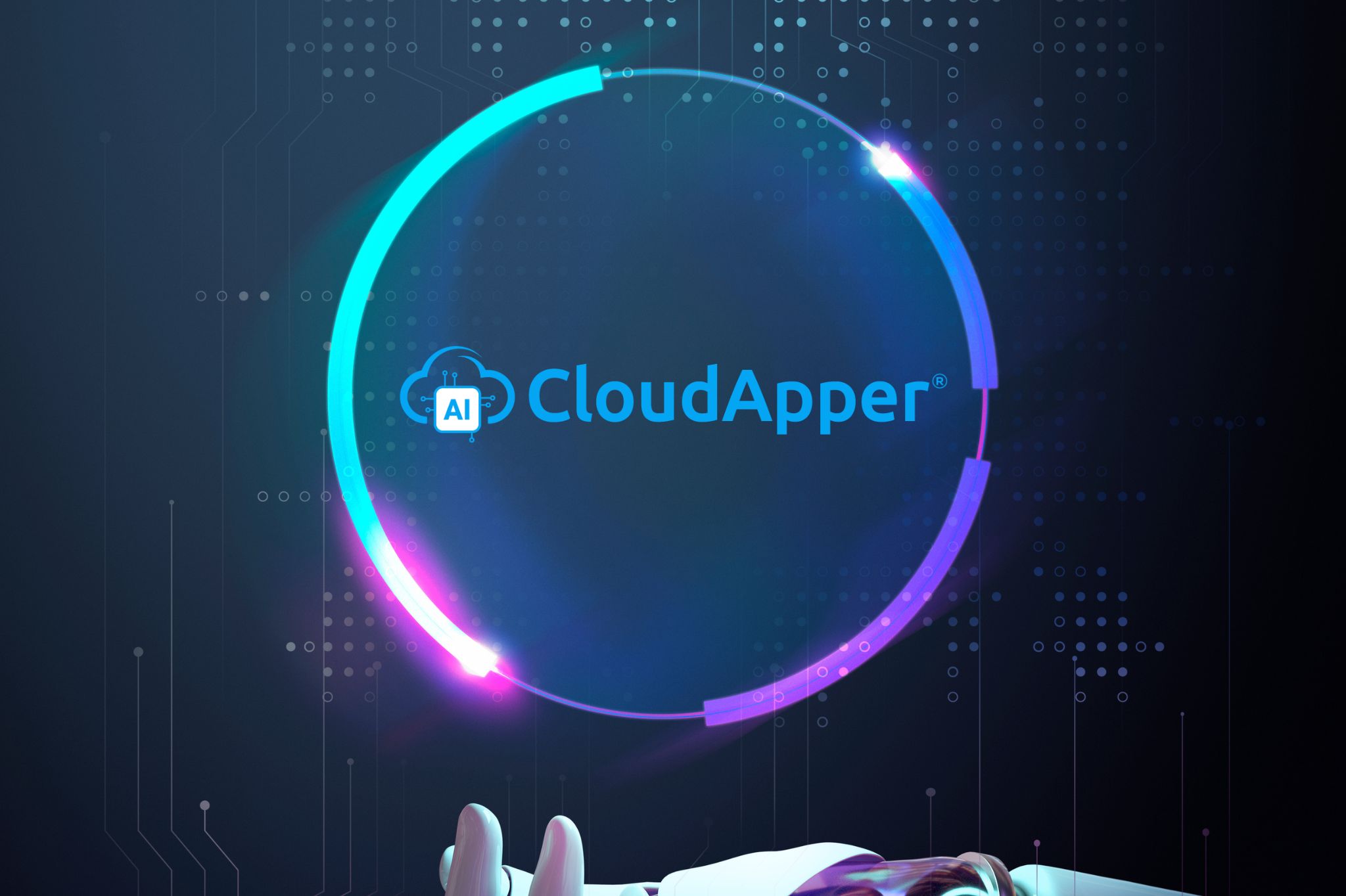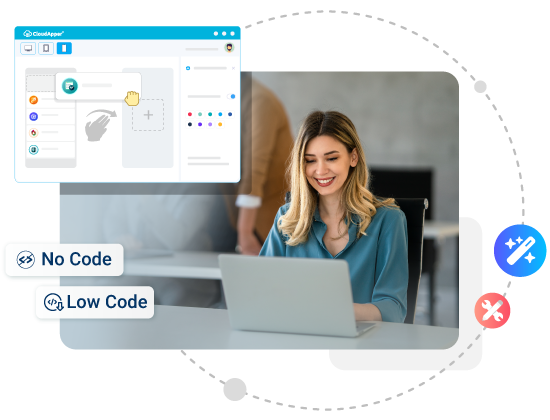Every year the demand for more computer programmers outstrips the number of software developers available to fill the need. Increasingly CIOs find themselves in the position of having to continue to make use of older, out-of-date code or settle for generic software not specifically adapted to the needs of the industry. In either case, this leads to substantial inefficiencies that amount to lost time and profits.
Old computer code is often difficult to maintain, and creates a situation where an already strained IT staff is stretched even thinner fixing difficult-to-find bugs or trying to update out-of-date algorithms to handle the problems currently facing their industries. On the other hand, off-the-shelf software, while generally newer and less prone to obsolescence, often fails to address the specific challenges of a given industry or those of a particular company within the field. Even when the computer source code of a commercial software product is available to the IT team, the time it takes to effectively navigate the inner workings of piece of code can sometimes be almost as long as developing the software in-house.
No Code to the rescue
A recent solution to this quagmire has been the development of software designed to permit the creation of digital tools without the need for writing computer programmers. No Code solutions give non-programmers the power to generate their own digital solutions specific to their business needs without having to try to explain the details to a computer programmer who may not have adequate understanding of the field. No Code is essentially programming without programming.
While not all programming can be replaced with No Code solutions, there are certain areas where it can be particularly effective, especially for businesses transitioning to a digital workflow. Automating tedious and time-consuming tasks top the list of ways No Code solutions are especially useful. This is particularly true for data wrangling applications where even slight human error can throw a big wrench into the works.
While in the past computer programmers were usually hired to handle this automation, No Code empowers staff members who are specialists in their fields to generate automated tasks to solve problems for which they are intimately familiar. A precursor to the No Code approach was Spring Java, built on the Java programming language, allowed not-so-experienced programmers to develop business web applications comparatively easily. Programming for the web avoided the complex process of developing software for a specific computer hardware. Spring Boot took this concept to the next level by easing the development of back end frameworks a decade later.
Contemporary No Code solutions like CloudApper take that approach to its logical conclusion, allowing end users to connect front end logical components to develop automated tasks that solve specific business problems without the need for a computer programmer. This is a boon both to small companies with little to no IT staff, as well as larger companies who can now utilize their developers more efficiently. Already No Code has saved the business sector millions in unnecessary IT salaries, and all signs point to this trend continuing to grow.
What is CloudApper AI Platform?
CloudApper AI is an advanced platform that enables organizations to integrate AI into their existing enterprise systems effortlessly, without the need for technical expertise, costly development, or upgrading the underlying infrastructure. By transforming legacy systems into AI-capable solutions, CloudApper allows companies to harness the power of Generative AI quickly and efficiently. This approach has been successfully implemented with leading systems like UKG, Workday, Oracle, Paradox, Amazon AWS Bedrock and can be applied across various industries, helping businesses enhance productivity, automate processes, and gain deeper insights without the usual complexities. With CloudApper AI, you can start experiencing the transformative benefits of AI today. Learn More

















